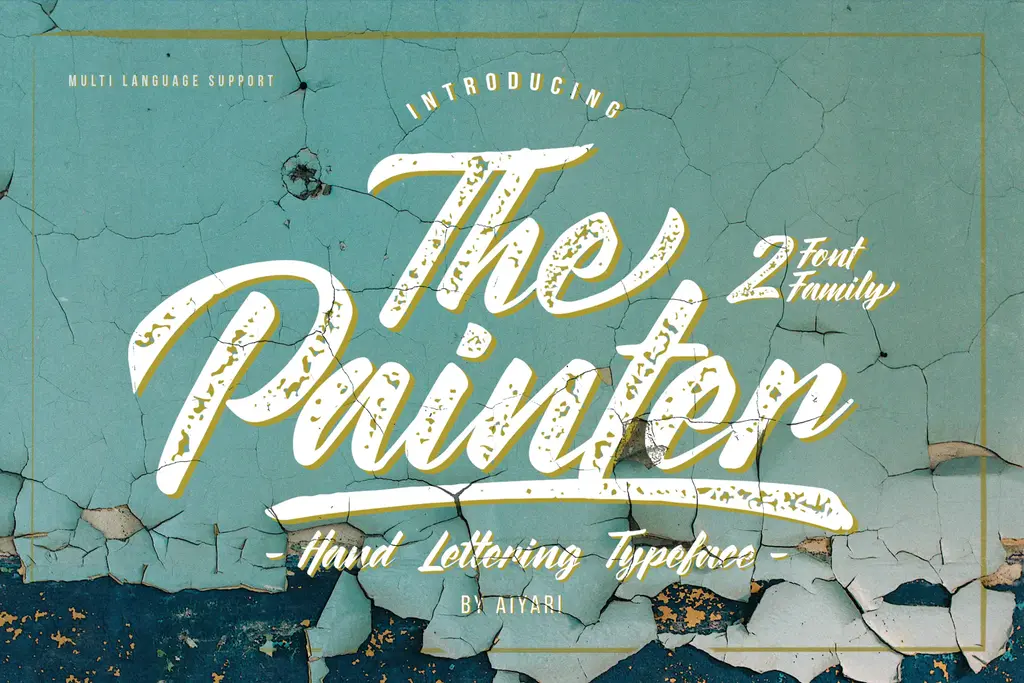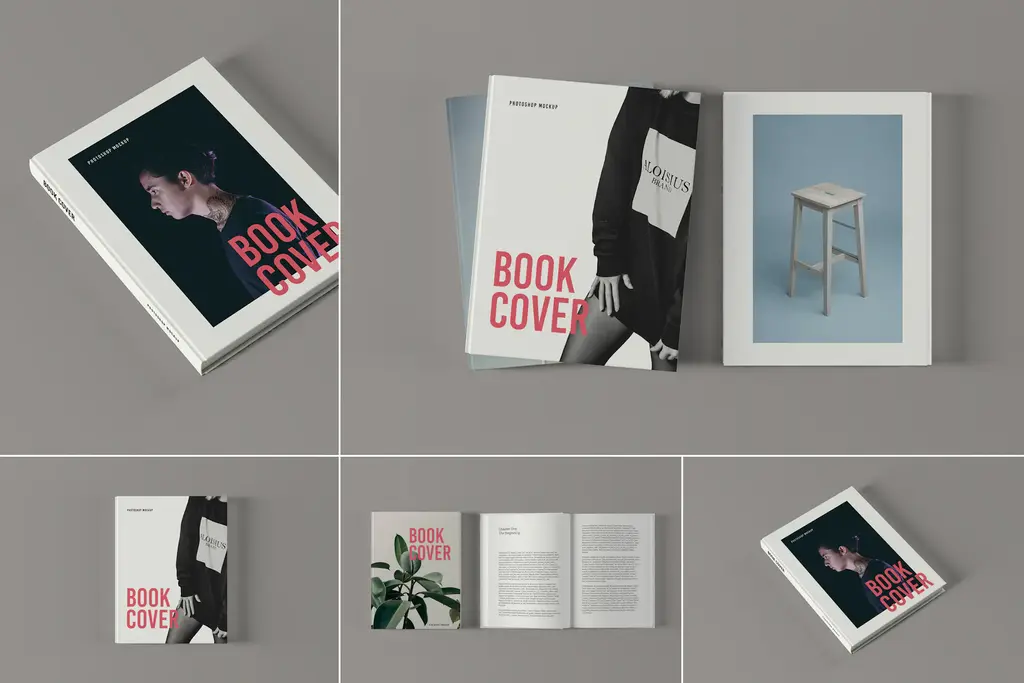& Margins
- For bound books 6″x 9″ (15cm x 23cm) or smaller, use 0.5″ (1.27cm) margins on the top, outside and bottom of books, and a 0.75″ (1.91cm) inside margin.
- For 8.5″x11″ (21.59cm x 27.94cm) documents (bound or unbound), use 1-inch margins.
- Adjust margins, font size, and columns to produce 65-70 characters per line (including spaces).
Mirror Margins
Printers usually require minimum one-half-inch (1.27cm) margins. Narrower margins risk smearing wet ink as the printing press’s rollers move the paper.
Increasing margins (e.g., to one inch, or 2.54cm) makes your book longer and costlier to print. However, I recommend increasing the inside margin (the margin closest to the binding). This makes the book easier to read. Pages tend to curl near the binding. Less light gets into the center of a book. Increase your inner margin to three-quarter-inch (1.91cm).
The Chicago Manual of Style (18.17) advocates printing 65 to 70 characters on each line (including spaces). In Microsoft Word, select a line and use Tools…Word Count to count the number of characters. E.g., in the last paragraph, the full lines varied from 63 to 69 characters.
If your lines have substantially more than 70 characters, consider using two columns.
Make your three outer margins equal. This makes the text look square on the page. E.g., set your margins at three-quarter-inch (1.91cm) for the inside, one-half-inch (1.27cm) for the outside, one-half-inch for the top margin, and one-half-inch for the bottom margin.
Professional book designers will object that books traditionally have a narrower top margin and a wider bottom margin. This looks good if you have a running header but no running footer. I prefer equal margins, to maximize use of the page and reduce page count. As noted above with font choice, using equal margins is a rule to keep novices out of trouble. If you understand traditional book design don’t follow this rule.
Use mirror margins with unequal inner and outer margins, if your document will be bound (e.g., a book).
Last Updated on July 18, 2019 by @R_A_Chalmers








